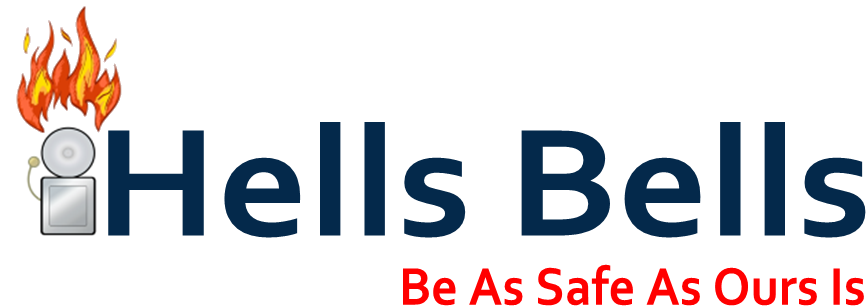Introduction
For business owners, security can be very important. As well as the security of physical property it is also important to protect equipment, staff, visitors, and information. Security can also be an important consideration on construction sites.
The components of a commercial security system might include:
- Access control.
- CCTV
- Intruder alarms.
- Perimeter security.
- Fire detection systems.
- Integrated systems.
Access control
Access control permits access by authorised personnel to a site, building, room or other secure installation. Electronic access control systems may allow access using credentials such as:
- Passcodes
- PINs
- Key cards.
- Access badges.
- Fingerprints
- Keys
- Key fobs.
- Video verification.
Access information can be transmitted to a centralised access system where it can be compared to a database of authorised personnel.
CCTV (closed-circuit TV) systems
CCTV systems generally consist of a number of security cameras connected to a central digital video recorder (DVR) or computer by cables such as ethernet cables or via a Wi-Fi signal. Cameras can include features such as:
- Infrared or night vision.
- License plate or facial recognition.
- Automatic motion detectors.
- Lighting
An important consideration when installing a CCTV system is the quality of the recorded footage and the resolution of the cameras. A clear image is required if the footage is to be used in any legal proceedings. One difficulty for large businesses is how to monitor multiple camera feeds in a cost effective manner. Video analytics can help automate CCTV monitoring and analyse footage without the need for additional manpower. Video analytics examines video output for recognisable patterns of movement that might be associated with suspicious behaviour, allowing surveillance to focus on potentially important events.
Disk indexing and time-stamping can make it easier to locate footage.
CCTV images can be transmitted to a remote monitoring facility or can be accessed on remote devices such as mobile phones, allowing responses to be controlled, such as police or fire service action, or in some cases to permit access and de-activate alarms.
Intruder alarms
Also known as security or burglar alarms, intruder alarms detect unauthorised entry into a site, building, room or secure installation (such as a safe). They can work through a number of sensor types, such as:
- Hermetically sealed switches.
- Passive infra-red motion detectors.
- Photoelectric beam systems.
- Glass break acoustic detectors.
The signals from these sensors are sent back to a central control unit via a wired or wireless network. In high-end installations, these units may be located in a remote facility where staff members can monitor activities, mobilise security personnel or contact the police in an emergency.
Intruder alarm systems may also emit an audible alarm. This serves two purposes: it draws attention to the break-in, and makes it unpleasant for the intruder to remain onsite.
Perimeter security
Perimeter security can prevent access onto a property through means such as; walls, fences, infra-red perimeter beams, bollards and so on. At the points of entry, security guards or other access controls may be installed. Gates, barriers, turnstiles, shutters, and screens can be used to close these points outside of business hours. Care must be taken that the property’s exterior is independent from trees, shrubs and other obstacles which could be used to approach the building while hidden from sight.
Fire detection systems
A fire detection system can consist of a number of components, including:
- Manual pull stations.
- Break glass stations.
- Heat detectors.
- Smoke detectors.
- Magnetic fire doors.
- Sprinklers
- Evacuation signals and signage.
- Alarms
- Carbon dioxide detectors.
As with intruder alarms, fire detection systems can include remote monitoring.
Integrated systems
If these systems are operated separately, costs can be higher, decisions poorer, and responses inappropriate. Instead, access controls, alarms, sensors, and responses, can be integrated into one system, sometimes as part of a wider building management system. This can permit greater control, better response and improved flexibility, for example, setting different configurations for weekends, holidays and night time security, turning lights on and off, controlling blinds and controlling cameras.
Systems might operate across a number of sites.
Security assessments
Security assessments can be useful to assess the needs of an organisation and its estate and to determine its weak points. Advice can then be given on which components are necessary to build an effective system that reduces incidents on site. A thorough assessment will also take local crime trends into account when devising a solution.
It is important that security solutions remain up-to-date, reflecting emerging threats and changing business needs, and that systems and procedures are tested and re-assessed regularly.
